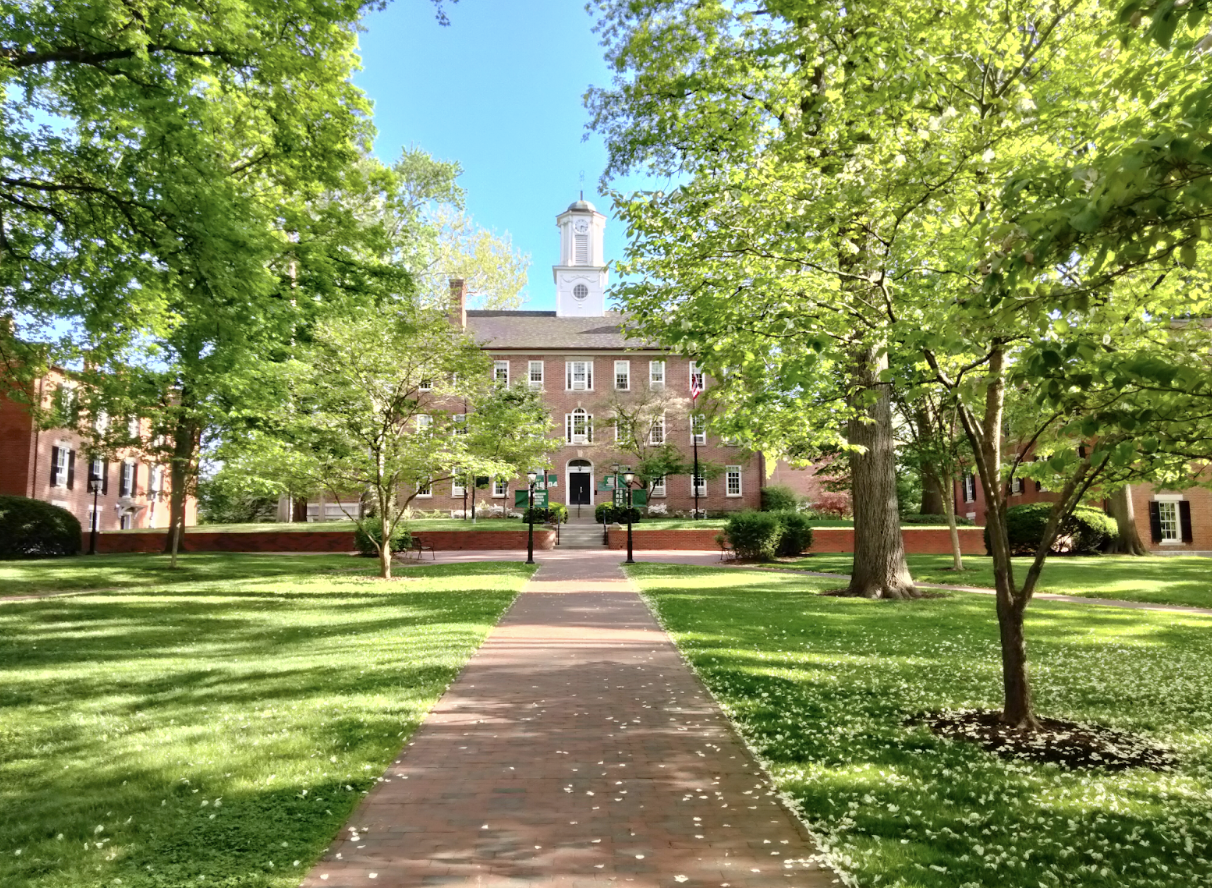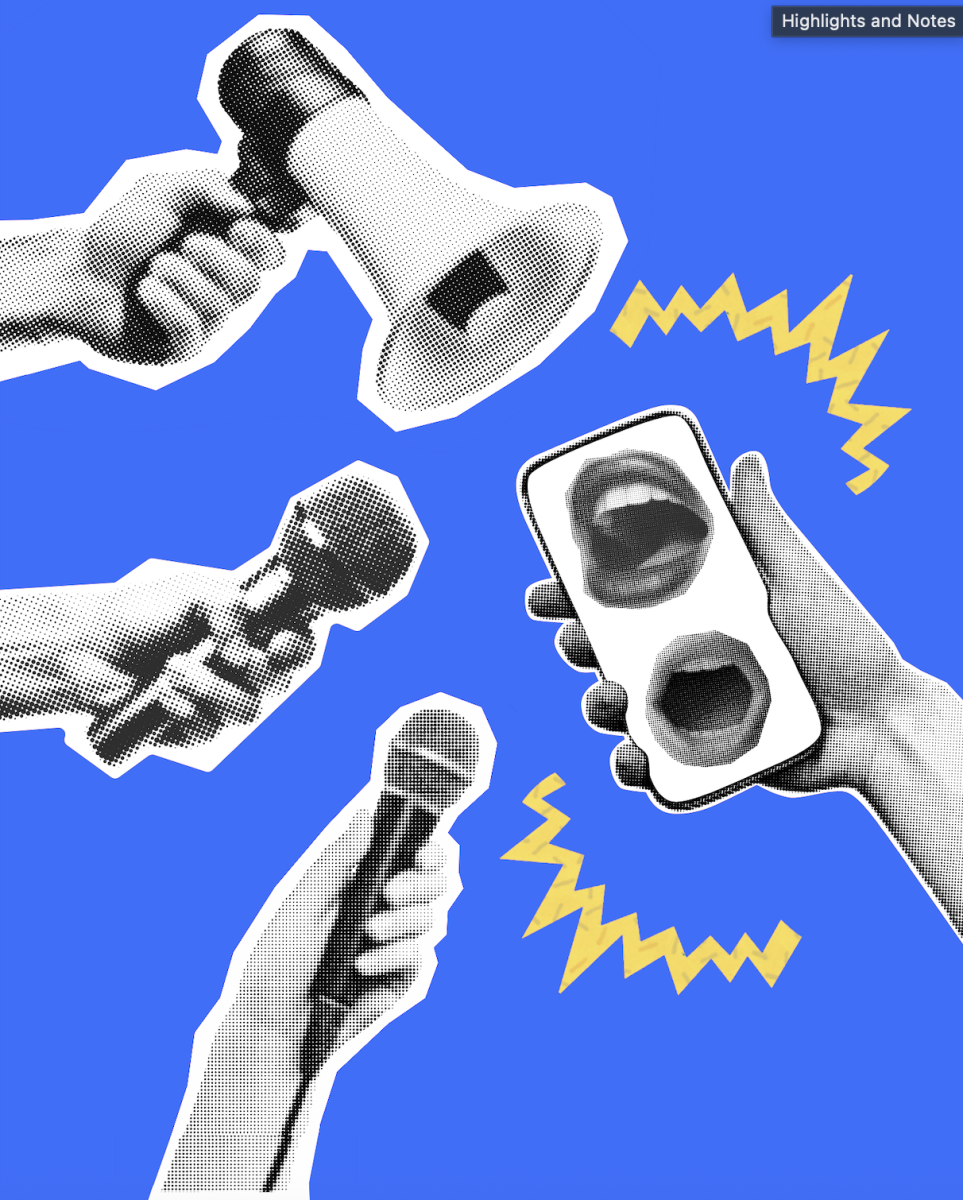In the past few decades, college tuition in the United States has soared to absurd levels. Higher education was once a path to opportunity and upward mobility but has now become a financial trap. The increase in tuition can be attributed to several factors, including post-recession economic shifts, decreased government funding, and the cost of faculty.
According to CNBC, the total cost of attending college—including tuition, fees, room, board, and books—ranges from $27,330 per year for in-state public universities to $55,800 for private nonprofit institutions. However, after accounting for scholarships and grants, the average cost ranges from $2,640 to $14,990. Despite financial aid, higher education remains a significant financial burden for many families. Attending a university is no longer a guarantee for success but a risk for lifetime debt.
The value of a college degree remains strong in America. A report from Georgetown University emphasizes that “young people today need more education to compete in the labor market.” But the steep rise in tuition costs has become a concern for students. Data from the U.S. Census Bureau, Bureau of Labor Statistics, and the National Center for Education Statistics reveals that between 1980 and 2019, college costs increased by 169%, while earnings for workers aged 22 to 27 grew only 19%. The gap between the cost of attending college and wages is unsustainable. Attending college is pushed onto students with the idea that they need a degree to be successful in the workforce, but how can they succeed if the debt they’ve acquired to get a degree leaves them financially burdened before they even begin a career?
Additional expenses such as housing and campus amenities inflate the cost of college. EducationData.org reports that from 1999–2000 to 2019–2020 the inflation-adjusted cost of a dorm room rose by 65%, and meal plan prices increased by 35%. These rising costs have made college less affordable, particularly for students from middle- and lower-income families. Students have become discouraged from pursuing higher education due to the fear of long-term debt. The American dream of moving up in society has become less attainable than ever before.
The American Council on Education highlights the growth in administrative positions and their salaries can be attributed to increased tuition. Public colleges have had funding cuts since the 2008 recession. To reduce costs, institutions have relied on adjunct faculty rather than hiring new tenure-track professors. According to the American Association of University Professors, 68% of faculty positions are now non-tenure-track—a significant shift from previous decades. This change reveals how financial decisions are made at the expense of faculty and students by prioritizing administrative expansion over educational value.
The rising cost of attendance has become a barrier for students across the country. Financial strain, economic changes, and the cost of hiring professors has made college less accessible. Without bold reforms, higher education is becoming a luxury only attainable to those who can afford its ever increasing price tag. Wealth inequality has made it so lower income students must either take on crushing debt or scrap higher education altogether. College tuition has become a national crisis and without change current and future generations must pay the price.



![[Charlie Kirk] by [Gage Skidmore] is licensed under [CC BY-SA 2.0].](https://flhsprospect.com/wp-content/uploads/2025/09/charlie-kirk-article-1200x800.jpg)




